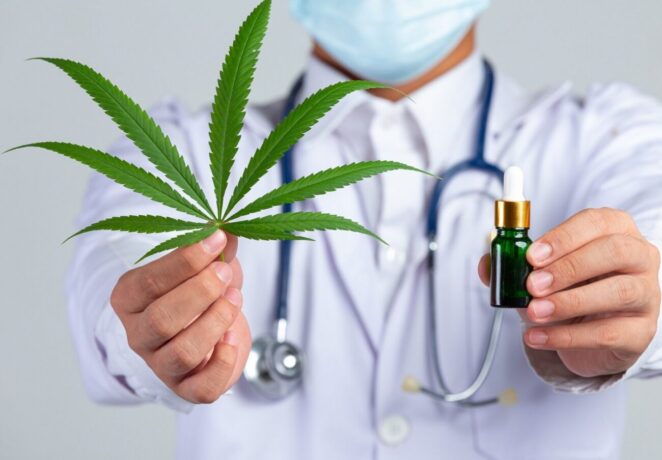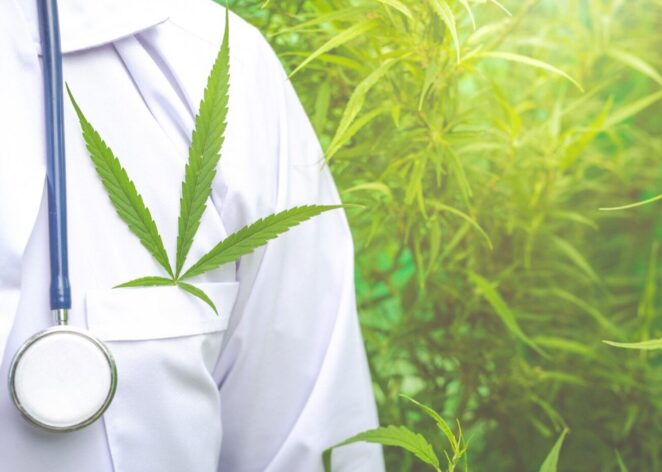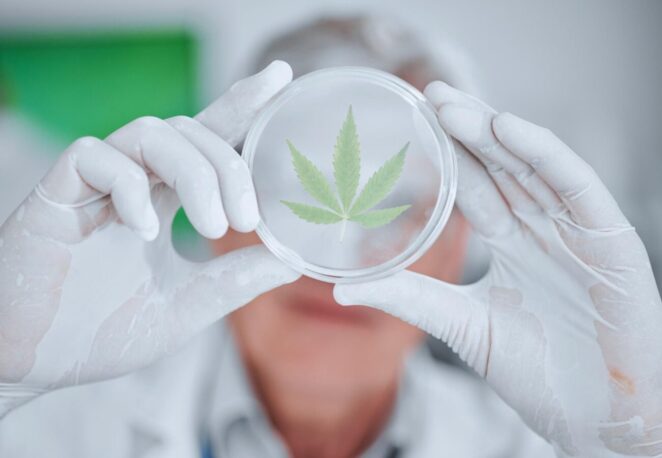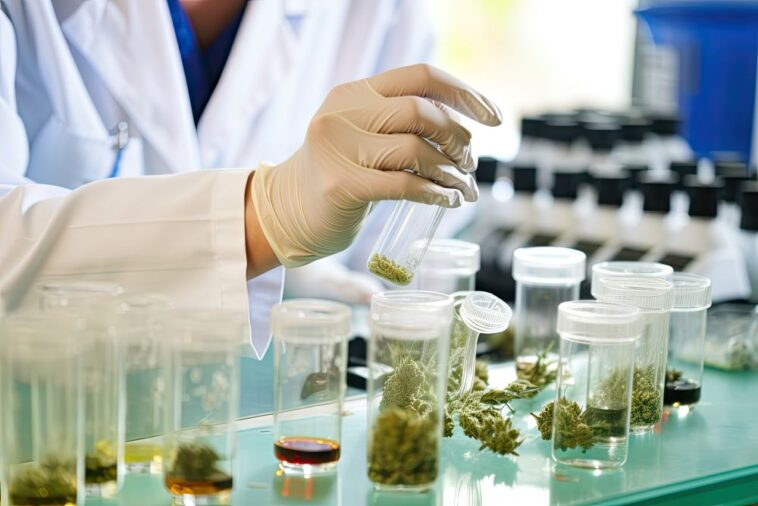Medical cannabis occupies an odd place within the realm of pharmacological medicine. It is considered a drug, even though cannabis is actually a plant. What medical cannabis users are after is a compound found in the plant, the compound known as THC. And yet a recently published study suggests that the medical benefits cannabis offers go above and beyond THC alone.
Researchers reviewing previously published scientific literature have published a study that backs up what many medical cannabis professionals have been saying for years: that the combination of THC and CBD with other cannabis compounds, including terpenes and flavonoids, all work together to produce a variety of therapeutic effects.

A Heavy Concentration on Cannabinoids
California led the charge to legalize medical cannabis back in the 1990s. States like Washington, Oregon, and Colorado were quick to follow suit. But it was evident that cannabis proponents would never have been satisfied with medical cannabis alone. What they really wanted was freedom to use cannabis anytime, anywhere, and for any reason.
As such, the focus where cannabis consumption is concerned has always been on THC. That is true even on the medical side of things. When a patient visits the Zion Medicinal medical cannabis pharmacy in Cedar City, UT, he is most interested in the amount of THC his medications contain.
Zion Medicinal officials say that chronic pain is the most common condition for which medical cannabis card holders buy medications. Patients are after THC to help them manage their pain. But what if terpene and flavonoid profiles can enhance the therapeutic effect chronic pain patients enjoy through medical cannabis? That is exactly what the previously mentioned research was designed to figure out.

A Lot We Don’t Know
Researchers from Australia and Jordan spent time researching existing literature on medical cannabis. They took a good look at the therapeutic impacts of both THC and CBD. But then they also dug into cannabis terpenes and flavonoids. They concluded that “cannabinoids, terpenes, and flavonoids have often been overlooked” in previous cannabis studies.
The researchers went on to explain that most of the literature they studied focused heavily on THC and CBD. Very little research has been done in an attempt to discover how the two cannabinoids interact with terpenes and flavonoids for therapeutic benefit.
A great way to summarize their research is to say there is a lot we don’t know about terpene and flavonoid profiles. But the research does clearly show that the different terpenes and flavonoids impact the cannabis experience. That’s exactly what medical cannabis experts have been saying for nearly a decade.

The Entourage Effect
Researchers also made mention of the entourage effect in their report. If you are unfamiliar with it, the entourage effect is a phenomenon known throughout medicine, a phenomenon in which the therapeutic benefits of multiple ingredients are all enhanced when those ingredients are combined.
Applying the entourage effect to medical cannabis makes sense. Many within the medical cannabis community believe that THC and CBD can be more useful as medicines when combined with a variety of terpenes and flavonoids. Of course, the benefits of any given terpene or flavonoid profile would depend on the condition being treated and how a patient responds to medical cannabis.
It stands to reason that combining other things with CBD and THC could impact the therapeutic effects of both cannabinoids. Therefore, it also makes sense to begin aggressively researching terpenes and flavonoids. The more we learn about their abilities to enhance THC and CBD’s therapeutic effects, the closer we will get to creating actual prescription medications.




